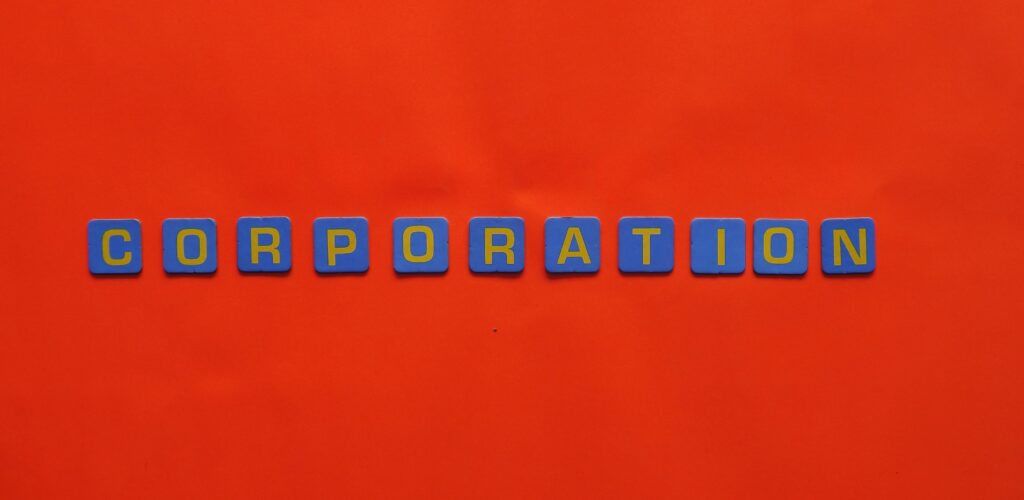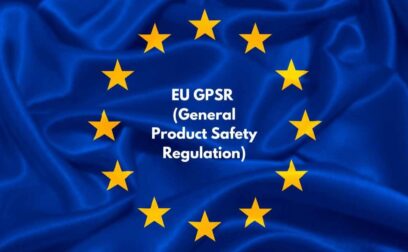Understanding your taxes is an important part of running a business. Taxable income has to be calculated and paid to enable your business to continue operating.
The main tax that a limited company must pay is corporation tax. This is a tax on your business profits, so any money your business makes after overheads and expenses have been deducted.
Here, we cover everything you need to know about calculating how much you owe.
What is small business corporation tax?
All limited companies registered in the UK must pay corporation tax, no matter their size. Companies must register for corporation tax when they set up as a limited company.
Corporation tax is paid annually to HMRC and must be paid both on your company’s profits and on any gains from selling assets such as land or shares that have increased in value. You must pay your tax within nine months of the end of your financial year.
Crucially, it’s your company’s responsibility to calculate how much tax is owed and pay it to HMRC before filing your company tax return. Your tax return must be filed within 12 months of the end of your financial year, so you’ll need to prepare it well ahead of the deadline to know how much tax you owe.
Sole traders and partnerships don’t need to pay corporation tax as they must pay income tax through self-assessment instead.
How to calculate corporation tax for small businesses and startups
To work out your corporation tax bill you’ll need a few accounting skills and understand what tax reliefs your business can take advantage of. It’s generally best to speak to a business accountant and seek professional advice to help you complete your corporate tax return. You can also use our handy corporation tax calculator to help you.
Calculate sales and income
First up, you need to create a profit and loss account to be able to work out how much you owe. You’ll need to add up all sales income your business generates, along with any interest you’ve earned, such as on a business savings account.
Calculate overheads
Your next step is to calculate your overheads and other business expenses. These can be deducted from your trading income to work out the profit your business makes.
It’s important to claim all allowable deductions and expenses from the trading income to ensure you don’t pay more tax than you should. Allowable expenses are those that have been incurred solely for the purposes of running the business and won’t have a personal use. They could include:
- Accounting fees
- Salaries of employees
- Training fees
- Office supplies
- Software costs
- Business insurance
- Travel expenses
- Marketing costs.
Capital allowances & depreciation
Capital expenditure refers to money spent on fixed assets that you will keep in the business for several years. This can include computing equipment, plant equipment and furniture.
The value of these assets will depreciate over time. So rather than being expensed in your accounts straight away, the cost of the items will be written off in the accounts over a number of years.
For example, if you’ve bought a new laptop for £600, it won’t appear as a cost in your profit and loss account. Instead, it will appear on your balance sheet as a fixed asset. If you feel the depreciation will last for three years, a cost of £200 per year will be included in your profit and loss account for the following three years. After this point, the laptop will be included on your balance sheet with a cost of £600 and accumulated depreciation of £600, giving it a net book value of £0.
However, depreciation is not an allowable expense so you need to add it back into your taxable profit calculation.
In most cases, capital asset purchases will qualify for investment allowance tax relief. The annual investment allowance (AIA) provides 100% tax relief on assets qualifying as plant and machinery, excluding cars. The allowance has changed a lot since AIA was introduced and currently stands at £1 million. It can only be claimed in the year the asset is purchased.
Entertaining costs
You will not be able to claim tax relief or VAT on the costs associated with entertaining clients and suppliers. This includes business lunches, trips to events, and gifts.
Make the calculation even easier with our handy corporation tax calculator.
Example corporation tax calculation
Let’s say your business has spent £1,200 on capital equipment over the past year and this will depreciate at £400 a year over three years. You’ve also spent £500 on entertainment costs.
To carry out your calculation, you need to add back any depreciation and entertaining costs to the profit before accounts total. Then you must subtract any capital allowances so that you end up with the profit value that is liable to tax.
Total income = £100,000 (total sales plus interest income)
Total overheads = £50,000
Profit before accounts = £50,000
Add back:
Depreciation = £400
Client entertaining = £500
Less:
Capital allowances = £1,200
Profit liable to corporation tax = £49,700
Tax due = 19% of £49,700 = £9,443
In this example, we’ve used the 19% rate that still applies to smaller businesses with profits of £50,000 or less. This is known as the small profits rate. Since April 2023, the main rate of corporation tax has risen to 25% and applies to businesses with profits of £250,000 or more. Businesses with profits of between £50,000 and £25,000 will be charged between 19% and 25% based on how much marginal relief they can claim. You can find out more on the gov.uk website.
Also note that you can save money on your corporation tax bill by paying it early as HMRC will pay you some of it as interest at a rate of 0.5%. File it late, on the other hand, and penalties will apply. You’ll pay £100 if you’re a day late and another £100 if you still haven’t filed after three months. After six months, HMRC will estimate your corporation tax bill and add an extra 10% of the unpaid tax. After 12 months, another 10% is added.
HMRC will increase the penalties to £500 each if your tax return is late three times in a row.

































 yet? Register here!
yet? Register here!